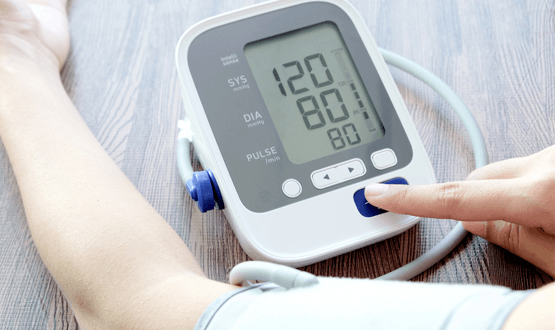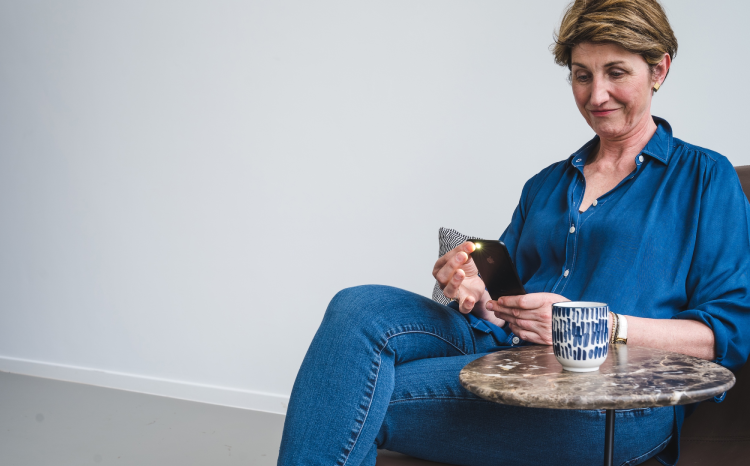Remote monitoring service to be expanded in Norfolk following success

Norfolk Community Health and Care NHS Trust (NCH&C) is expanding a successful remote monitoring service to help increase life expectancy and improve quality of life for patients diagnosed with heart failure. Lead heart failure nurse at the trust, Rhona Macpherson, spoke exclusively to Digital Health News about the impact of the services on patients and nurses and what the future holds.
At Norfolk Community Health and Care, it is using a remote monitoring service from Inhealthcare which allows patients to monitor their vital signs at home and relay readings via a choice of communication channels to clinicians who monitor trends and intervene if readings provide any cause for concern.
Analysis of the six months before and after introduction showed a significant reduction in hospital bed days, A&E attendances, GP visits and out-of-hours appointments.
For Macpherson, the service has helped promote self-management.
“We give each of the patients a set of scales, blood pressure monitor and pulse oximeter and we get them to do their observations,” she said.
“So we’re promoting self-management and looking at things but also it means that we can get accurate information on what’s happening with their observations.
“We then set parameters to alert if they go outside of the parameters, and it just means we can intervene much more quickly than we would do, and we can see what’s going on between our visits as well as what’s happening when we’re actually there.”
The trust launched the service in Norwich and, after resounding success, plans to expand it to South, West and North Norfolk with funding from the Norfolk and Waveney Integrated Care System (ICS).
An evaluation of the expanded service will be evaluated, looking at quality of life, health improvement scores and hospital admissions among heart failure patients.
A transformation for nurses and patients
The service has transformed working practices for nurses, increasing efficiency and saving valuable time.
Macpherson said: “We’re using the technology to try and make ourselves a little bit more efficient, so it’s saving on the travel time and face to face visits.
“We can do a lot more with telephone. We’ve got the option of using video, but telephone is actually quite useful. So it’s less face to face visits, less travel and also, we’re trying to empower the patients to do their own observations and monitor themselves, rather than us just doing it for them.”
The outcomes for the patients on the audits that NCH&C has done with it, as Macpherson explains, “show a reduction in face to face visits with us, face to face visits with a GP, A&E attendances and hospital admissions”.
“So it’s really keeping the patients more stable, keeping them out of hospital and giving them that independence to sort of monitor their own condition”, she added.
Encouraging feedback
Feedback from heart failure patients has been generally positive, although Macpherson made clear that not all patients are initially excited by the idea of a remote monitoring service.
“Sometimes we’ll offer it to patients and they’re not confident with it. With some patients, you potentially could be making them more anxious by a lot of monitoring that they sort of overdo it”, she said.
“But for the patients who have used it, the feedback we’ve had is that they feel very safe and very secure with it. It gives them confidence in monitoring themselves and they know that we’re there in the background keeping an eye on what’s going on.
“It’s important they know that it’s not for an emergency, it’s for monitoring longer term, and that in between appointments, if they are unwell, then they need to go through appropriate services.
“We’re a Monday to Friday service so no one’s looking at the results over the weekend. We’re giving guidance that we’re there and we’re looking for the alerts, but we’re not watching it 24/7 for what’s going on,” Macpherson explained.
The service is hugely popular among nurses, whose feedback has been overwhelmingly positive once they have familiarised themselves with the technology.
Macpherson said: “I’ve always been quite an advocate for it, I find it very useful. I think there’s an initial sort of ‘how does that work’, and then a bit of an initial ‘oh but I want to go and see them’, so it’s building that trust with the technology and how to use it with the patients using it.
“We’re about to expand it into South Norfolk and West Norfolk and the nurses there are really looking forward to it, particularly in South Norfolk because it’s such a big area, such a lot of driving to get from patient to patient if they’re not coming into clinic.
“I think it’s going to really save a lot of time and at the same time empower the patients.”
The future of heart failure care
Macpherson stressed that the picture that heart failure care paints is a big contrast to a couple of decades ago, with positive strides made and more to come.
“The future of care for heart failure is so different now to where we were 20 years ago, it’s very much a long term condition now, whereas 20 years ago the prognosis was very poor, they had a very limited lifespan,” she said.
“But we’re now really looking at it as a long term condition in the same way as we do with diabetes and COPD [chronic obstructive pulmonary disease] and the numbers are on the increase, so I think this service is a very good way of getting patients into self-management and recognising symptoms.”
The future of heart failure care looks bright, particularly following the news last month that NHS England has launched a new initiative called ‘Managing Heart Failure @ Home’ to support heart failure patients with the tools and expertise they need to remotely monitor their condition at home.





